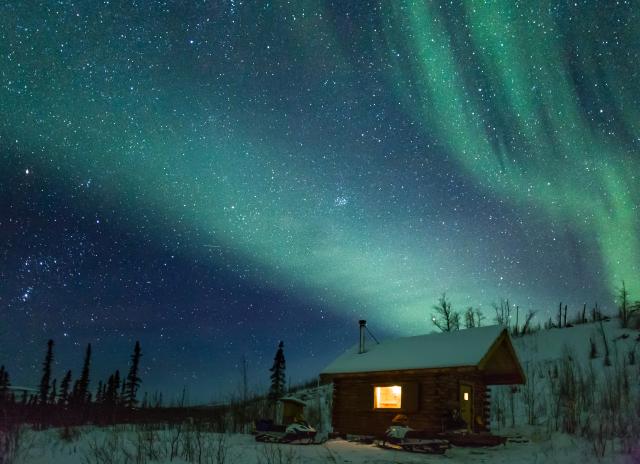Related Stories
- State summits collect valuable input for implementing BLM’s Recreation Blueprint
- In Balance: Conservation and development in sage-grouse habitat
- Air Quality Monitoring in Alaska: BLM and Alaska DEC add three new monitoring systems to state’s pollution measurement network
- Reclaiming mining’s legacy in Alaska’s Fortymile River
- BLM educates families on benefits of the Access Pass

